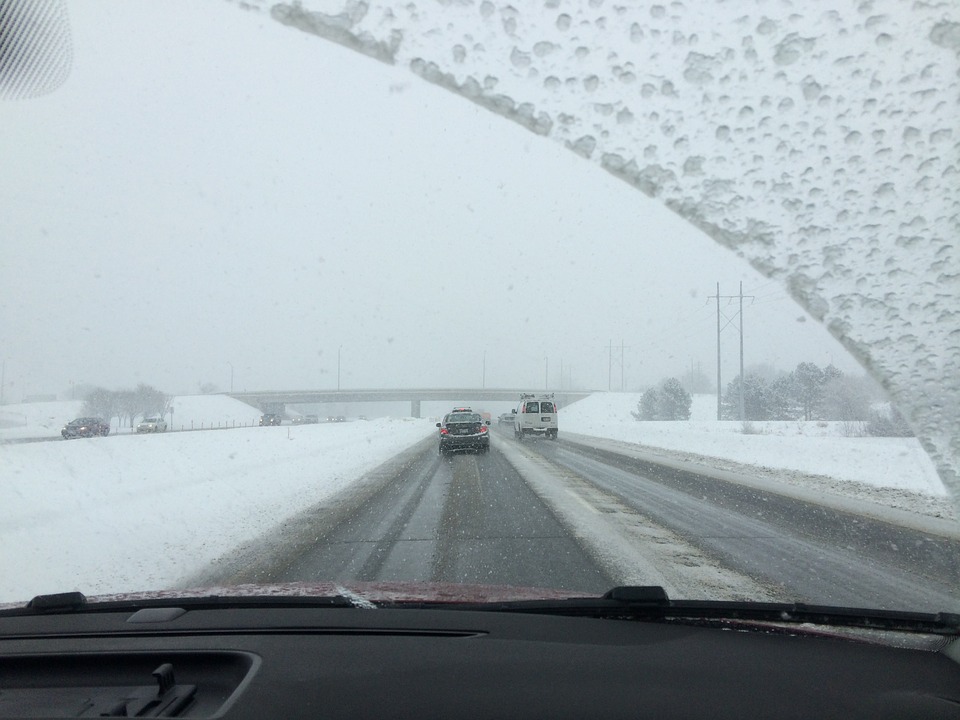Road conditions at this time of year require you to take some extra steps to keep yourself safe.
Winter driving safety comes with a range of different challenges. To keep on top of them, there are certain straightforward steps that you can take. These include very basic maintenance and preparations.
These steps will make it easier to keep control of your vehicle and avoid breakdowns.
The first part of winter driving safety has to do with being prepared. This means that you need to have the right equipment with you and have taken the right precautions. The second part is that you need to maintain your vehicle with the weather in mind. There are changes that are made when the mercury has plummeted and when there is snow and ice on road surfaces. Of course, it’s also very important for you to drive according to conditions.
Use the following helpful winter driving safety tips to make sure you have a safe season.
- Make sure your tires are ready – There are several factors to take into consideration when it comes to staying safe on cold roads. The first is to make sure the tires are the right type. All season tires are not meant for all seasons if you live in a place that experiences freezing, icy, snowy roads. Winter tires or snow tires may be the safer option for you. Next, use a tread depth gauge to check to be sure you have enough tread left, and use a digital tire pressure gauge to know that they are inflated properly. Check the latter weekly or whenever you experience temperature fluctuations and adjust your pressure accordingly. Give your tires a visual check now and again to be sure they aren’t cracked or otherwise damaged. Make sure all your tires are of the same type and quality.
- Take care of your battery – Freezing temperatures wreak havoc on your car battery. It can lose half or more of its juice when temperatures plummet. After five years of age, have your battery checked every time you have your oil changed. Have a jumper cable set in your vehicle in case you need help getting started.
- Pay attention to coolant levels – Engine coolant, also known as antifreeze, makes sure your radiator and engine cooling system won’t freeze when the weather does. Check on fluids like this one and be sure the system isn’t leaking.
- Maintain your windshield – It’s hard enough to see through sleet, snow, ice and frost. Make sure you’re not adding extra barriers with windshield problems. If you have a ding or a crack in the glass, get it repaired right away. If moisture gets inside and freezes, it will spread the damage quickly, leading to greater expense and risk to your safety on the roads. Winter driving safety also requires you to keep up your windshield wiper fluid levels and replace damaged or worn wiper blades.
- Always have at least half a tank of fuel – As a rule of thumb, never let your fuel gauge drop below half. The less fuel there is in your tank, the greater the risk of condensation. Condensation is damaging to your fuel pump and fuel lines. Low temperatures make this even more likely. Therefore, it is extremely important to keep a minimum of half a tank of fuel in your car at all times, particularly for winter driving safety.
